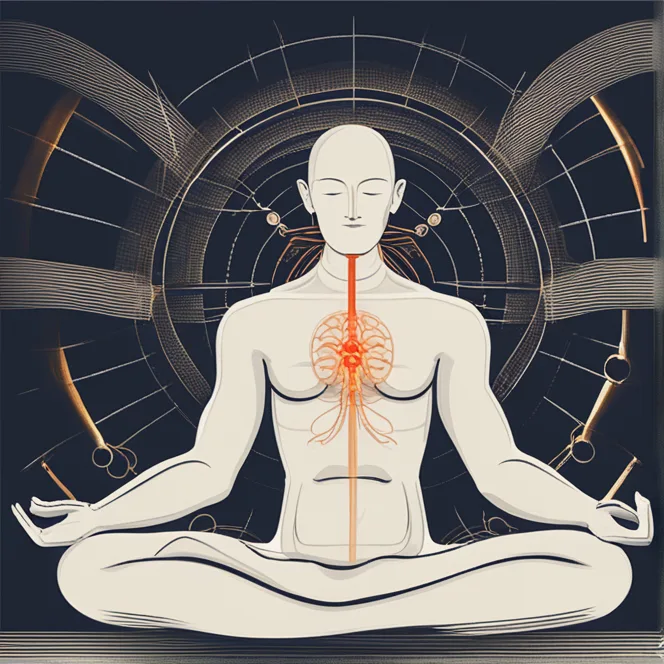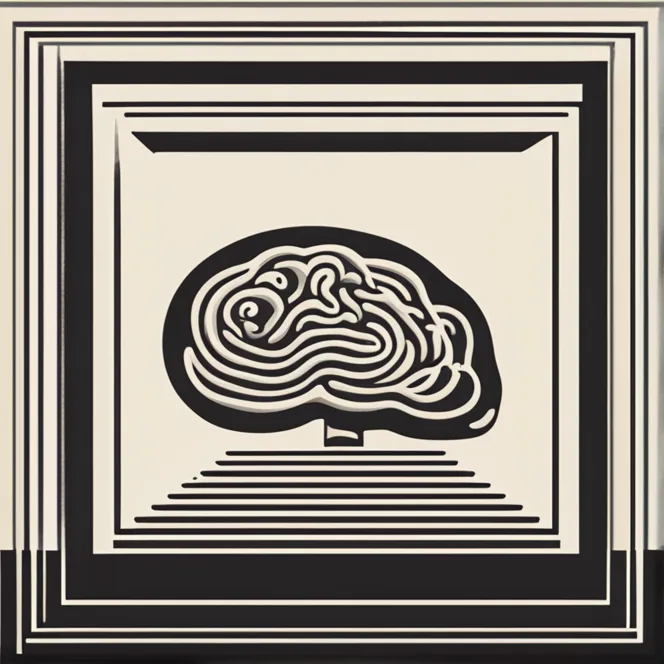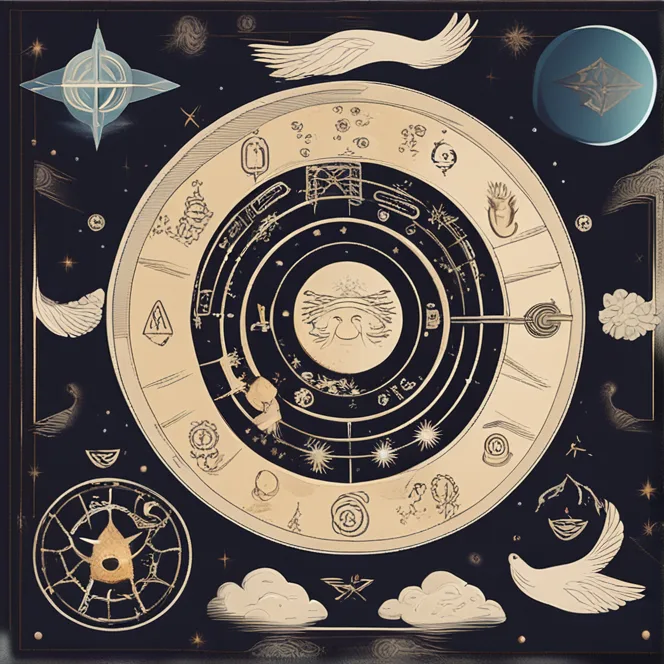
Meditative Practices & Limbic System
Discover how meditation can influence the limbic system, enhancing emotional balance and well-being.
article by Hina Kurosawa
Introduction to the Limbic System
Meditation has been practiced for centuries, but only recently has science begun to unravel its effects on our neural architecture, particularly on the limbic system. The limbic system is a set of brain structures responsible for processing emotions, memory, and arousal responses. It includes the hippocampus, amygdala, hypothalamus, and thalamus, among others. This article delves into how targeted meditative practices can positively modulate the limbic system, potentially leading to improved mental health and emotional regulation.

The Power of Mindfulness Meditation
Mindfulness meditation is a practice that encourages the observation of thoughts and feelings without judgment. By doing so, it fosters a heightened state of awareness and presence. Studies suggest that mindfulness can reduce stress by dampening activity in the amygdala, a key component of the limbic system involved in processing fear and anxiety. Moreover, mindfulness has been linked to increased gray matter density in the hippocampus, enhancing cognitive functions like memory and learning.
Visualization and the Emotional Brain
Visualization or guided imagery meditations are known for their calming effects, but they also have profound implications for the limbic system. By conjuring positive mental images, practitioners can stimulate the limbic system to generate soothing neurotransmitters, creating an emotional landscape conducive to healing and growth. This is particularly relevant for those interested in astrology, as envisioning celestial alignments can root the practice in personalized cosmological narratives.

Transcendental Meditation and Hormonal Balance
Transcendental Meditation (TM) involves silently repeating a mantra to achieve a state of relaxed awareness. This technique has been found to regulate the secretion of cortisol and adrenaline, hormones closely managed by the limbic system's hypothalamus. Regular TM practice not only stabilizes stress responses but can also harmonize bodily rhythms, aligning with principles of biorhythms and holistic astrological frameworks as individuals seek cosmic synchronicity.

Yoga Nidra and Limbic Deactivation
Yoga Nidra is a form of guided meditation that aims to reach deep states of relaxation. It has been noted for its ability to "turn off" the limbic system’s hyperarousal responses. In the context of the body's energy centers, or chakras, Yoga Nidra's calming influence on the limbic system could be depicted as the soothing of Anahata, the heart chakra, fostering emotional balance and compassion.
Compatibility Between Meditation and Astrology
Astrological insights offer tailored guidance that can be incorporated into meditation practices. As the stars shift into new constellations and houses, individuals can adapt their meditation routines to resonate with these celestial changes. For example, meditations focusing on strengthening Saturn's lessons in discipline can be beneficial when this planet is prominent in an individual's astrological chart. This personalized approach can enhance the meditation experience, making it more effective for limbic system regulation.
Future Perspectives in Astro-Meditative Practices
Looking forward to the horizons of 2024 and beyond, the integration of astrology with meditative techniques is poised to become more nuanced and individualized. The emergence of personal astrological forecasts could lead to tailor-made meditation regimens aimed at harmonizing the limbic system in accordance with cosmic rhythms. As our collective understanding of the intersection between these disciplines deepens, we might witness a new era of holistic well-being.
Published: 12/14/2023
Modified: 12/14/2023
More predictions
Come back here soon to learn more about yourself and your future


Meditation: A Mindfulness Pillar
The article discusses the relationship between meditation and mindfulness practices, affirming their interconnectedness and benefits.


Top Meditation Retreats For Spiritual Harmony
Discover serene destinations for your next meditation retreat, perfect for cultivating mindfulness, peace, and astrological insight.


Choosing Your Ideal Meditation
Discover the best meditation practices for your personality and lifestyle for peace and clarity.